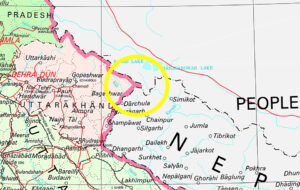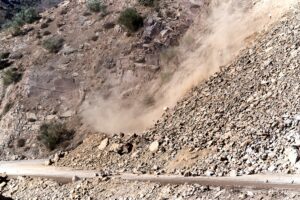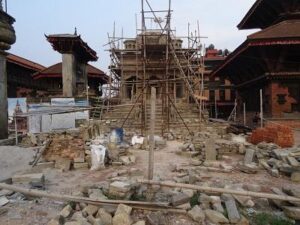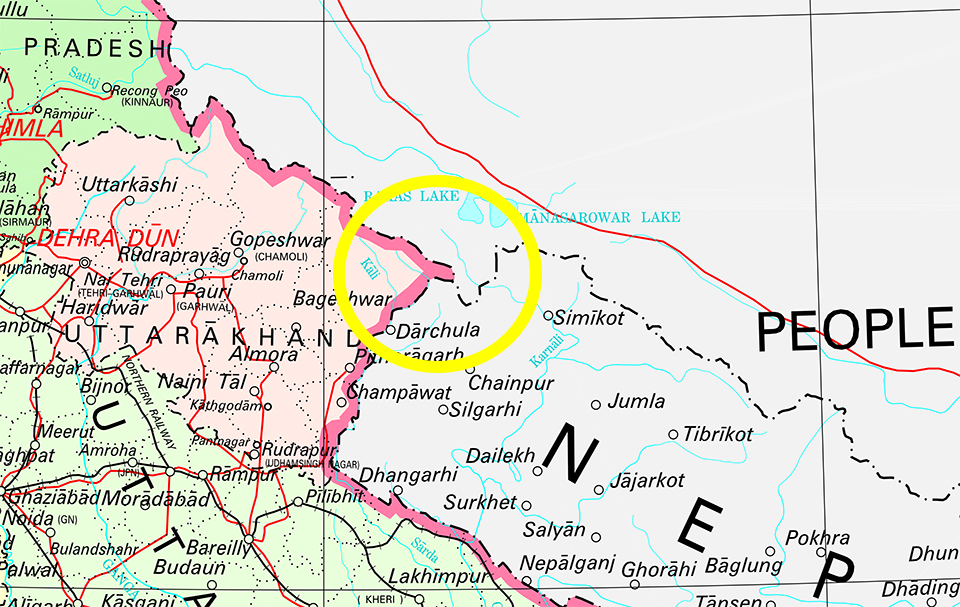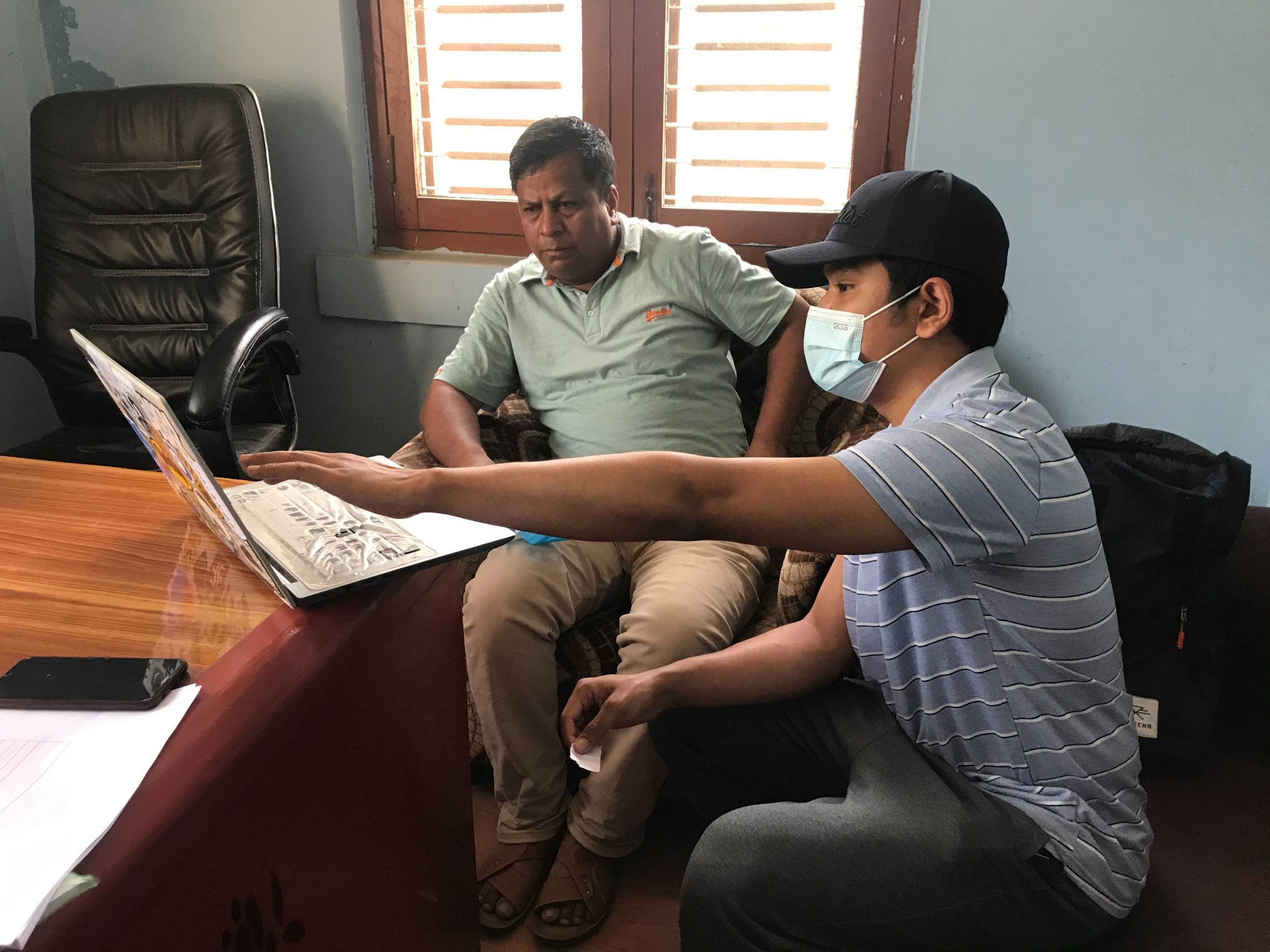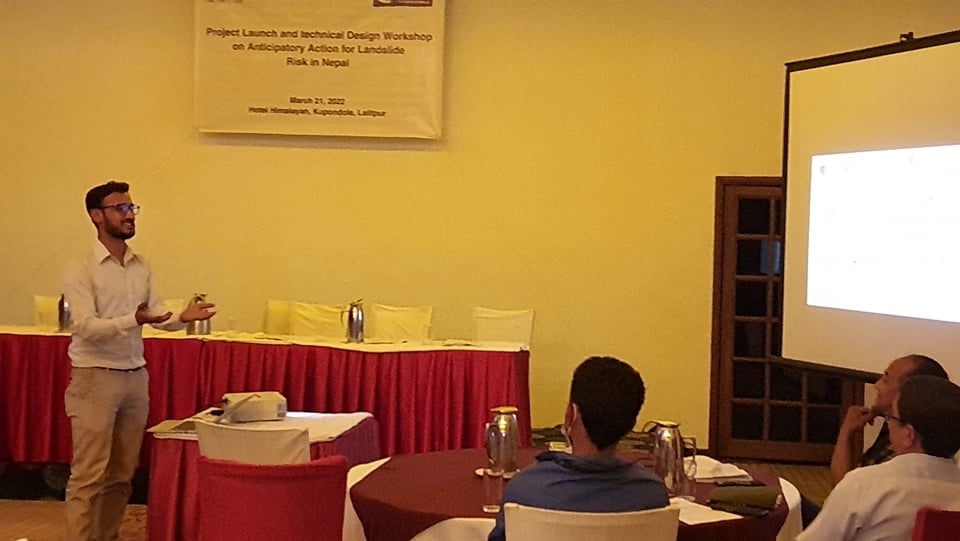The overall objective of the project was to provide technical support in developing a web application that links humanitarian cash assistance with the SRSP at Saptakoshi Municipality, Saptari. The project focuses on a risk informed financing mechanism based on “Piggybacking Shock Responsive Social Protection” to integrate humanitarian cash assistance within the state’s “Social Protection System”. In the project, four broad dimensions representing the physical, economic, social and natural hazard aspects were identified and used to assess the Household Level Vulnerability Index. A mobile based data collection tool was used to collect the datasets while the web based application did all computations automatically and generated household level vulnerability index.
There are no contents to display here..
There are no contents to display here..
There are no contents to display here..


